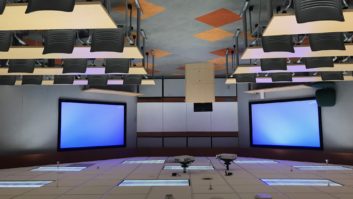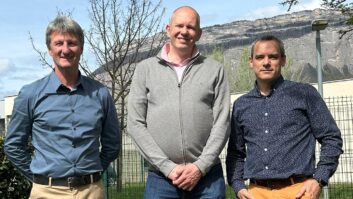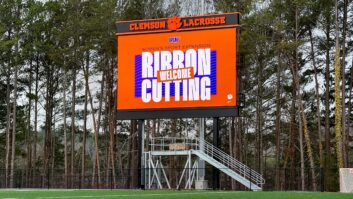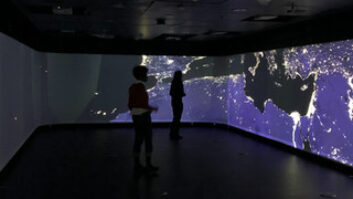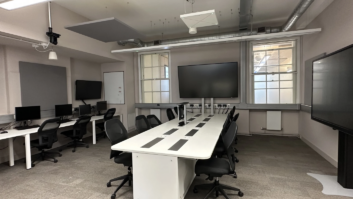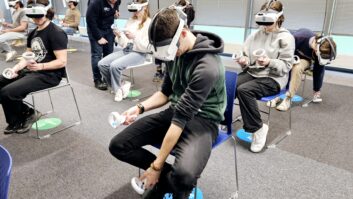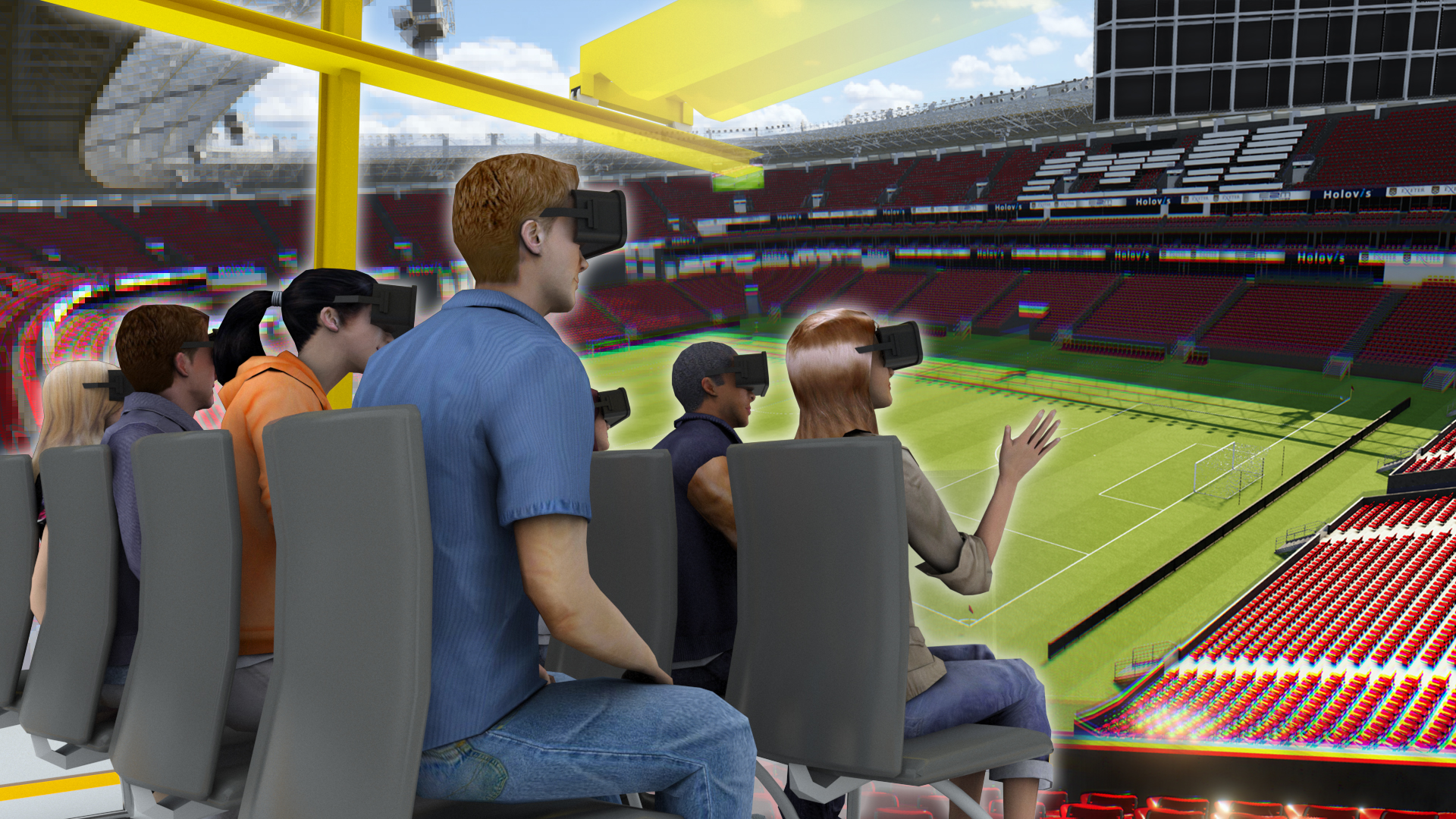
Plans for a major new centre for research and development in the vibration engineering sector are in the final stages of development at the Universities of Exeter and Bath, with the help of Holovis.
In Exeter, a new, purpose-built facility featuring a VSimulator will, for the first-time, link structural movement and environmental conditions, with human perception monitoring, psychology and physiology, within a fully controllable virtual environment. At Bath, the VSimulator facility will focus on sensory perception of external environment and surroundings, and feature controls over room lighting colour and intensity, temperature, humidity, noise, air quality, and scent. The Bath facility is focused primarily on exploring motion in tall buildings. The facilities will offer the opportunity to analyse the human factor impact of environments, while enabling full data capture.
VSimulators at the University of Exeter will be located on Exeter Science Park and will open in 2019 and the VSimulator at the University of Bath will be open from the end of 2018. The initial environments being studied in this EPSRC funded project include walking across bridges, working in high-rise office blocks and dancing in a crowded stadium (pictured). The VSimulators will recreate the impact of subtle motion in these spaces to enable a better understanding as to how this could affect the wellbeing of people, their work performance or behaviour.
The Exeter VSimulator scenes are being created by Holovis, who specialise in multi-sensory training and simulated environments, with development of emerging technologies in these spaces. Virtual reality will provide the ability to deeply immerse people into the desired scenarios, with up to nine people able to participate simultaneously.
The 4×4 metre space is on a custom designed Hexapod motion platform with freedom of movement in six directions. It was designed by E2M Technologies in Amsterdam, creating a fully instrumented floor capable of data capture and analysis. People can move freely around this space, seeing avatars of the other participants in the virtual world, tracked to their unique perspective. Alternatively, the space could recreate an existing environment, with physical objects placed where a virtual equivalent would be located. In these ways, the facilities are capable of being customised to fully explore the sensory immersion and human factor responses.
Each person’s movements and reactions are captured via full body monitoring, and it is these metrics that will help the team to devise solutions to mitigate impact and assist designers, planners, architects and engineers in the future construction or refurbishment of buildings. However, there are uses beyond the construction and civil engineering field, with interest being expressed by the medical community, biomechanics specialists, the entertainment industry, sports scientists, among others.
Dave Elliott, business development manager at Holovis, commented: “Increasingly, people are living and working in innovative environments where very little is known about the impact of the vibrations or their environment. The highly realistic nature of this multi-sensory environment will give them a true sense of immersion, making them believe they are in that location. Therefore they will subconsciously react to stimuli as they would in the real world. The flexibility of the VSimulators allows for an incredible range of conditions to be simulated, which will really help to advance the research and innovation in many sectors.”
“There are extensive and diverse areas of commercial and academic interest for the VSimulators research facilities,” said Julie Lewis-Thompson, commercial manager for the VSimulators Project. “We have identified 38 industry areas for exploration with interest from an expanding global based clients list, both within industry and academia..”
“There are multiple opportunities for interdisciplinary research including architecture for wellbeing, computer science, data analytics, the built environment, construction design and human factor responses. These facilities will place the Universities of Exeter and Bath at the forefront of expertise in the use of virtual reality within industry focused research”
